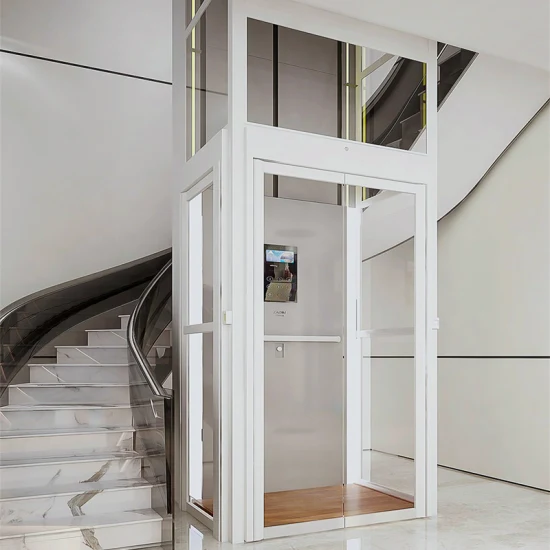Leading Lift Companies in London: Delivering Exceptional Solution and Assistance
Leading Lift Companies in London: Delivering Exceptional Solution and Assistance
Blog Article
Diving Into the Globe of Elevators: Common Problems Faced by Different Lift Systems
As we browse through the vertical transportation systems of modern buildings, elevators stand out as an important part of our day-to-day lives. From hydraulic elevators to grip systems and machine-room-less styles, each lift kind comes with its collection of usual issues.
Hydraulic Lifts
Hydraulic elevators, usually liked for low-rise buildings, make use of fluid pressure to manage the motion of the elevator cars and truck (lift repair companies). This system includes a hydraulic pump pressing oil into a cylinder, causing the elevator to relocate the preferred instructions. While hydraulic lifts are understood for their smooth and peaceful procedure, they do include their very own set of common concerns
One prevalent problem with hydraulic elevators is oil leakage. The seals in the hydraulic system can break in time, leading to oil seepage. This not just creates a mess yet can additionally impact the elevator's performance if left unaddressed. Furthermore, issues with the control system, such as malfunctioning shutoffs or a malfunctioning pump, can create disruptions in the elevator's activity.
Routine upkeep and prompt fixings are important to guarantee the smooth performance of hydraulic lifts. By resolving these usual issues proactively, building owners can reduce downtime and make sure the safety and efficiency of their vertical transportation system.
Grip Elevators
When considering upright transportation systems in buildings, another usual type apart from hydraulic elevators is the traction elevator. Grip elevators operate utilizing a system of ropes and weights that move the lift cars and truck by gripping onto the hoist ropes. This system enables smoother and faster vertical transport contrasted to hydraulic systems.
One of the typical issues dealt with by traction elevators is rope wear. The constant activity of the ropes within the grip system can lead to tear and use gradually, possibly creating the lift to breakdown or become hazardous for usage. Routine inspections and upkeep of the ropes are necessary to make sure the elevator's appropriate functioning and safety and security.
Another concern that grip lifts might experience is associated with the control system. Issues with the control system can lead to issues such as unpredictable movement, delays in feedback times, or perhaps full shutdowns. Routine screening and upkeep of the control system are important to prevent such problems and make sure the lift's integrity.
Machine-Room-Less (MRL) Lifts

One of the essential components of MRL elevators is the compact gearless grip maker that is installed within the hoistway. This device effectively drives the elevator automobile without the requirement for cumbersome devices discovered in conventional traction lifts. Furthermore, MRL lifts generally use a weight system to stabilize the automobile, additional enhancing their power efficiency.
In spite of their benefits, MRL elevators might face obstacles associated with maintenance and repair work due to the confined space for equipment setup. Access for servicing parts within the shaft can be limited, needing specialized training for service technicians. Appropriate maintenance timetables and regular assessments are vital to make certain the ongoing smooth procedure of MRL elevators.
Overloading and Weight Restriction Issues
Overloading and weight limitation issues are important concerns in lift operations. Elevator manufacturers design raises with specific weight abilities to make certain passenger safety and tools durability.
When elevators are overwhelmed, it puts too much stress on the electric motor, cable televisions, and other elements, potentially creating breakdowns or breakdowns. If they find excess weight, safety devices such as sensors and overload sensors are in place to prevent elevators from relocating. Additionally, exceeding weight limits can lead to raised power usage and wear and tear on the lift system.
To mitigate straining problems, building supervisors must plainly present weight limitations in lifts and enlighten occupants on the relevance of sticking to these constraints - lift repair companies. Normal maintenance checks by qualified service technicians can likewise aid make certain that lifts look at here now are running within risk-free weight criteria. By attending to overloading and weight limit concerns proactively, building proprietors can boost lift security and efficiency
Electrical System Failings
Exceeding weight limitations in elevators can not just lead to mechanical issues but additionally possibly contribute to electric system failings within the lift framework. Electric system failings are an important concern in lift operation, as they can trigger unanticipated closures, malfunctions, or even safety risks.
Routine maintenance and examinations are critical to determine and attend to prospective electric problems promptly, ensuring the efficient and risk-free operation of lift systems. By sticking to weight limitations and performing regular electrical system checks, structure proprietors can reduce the threat of electric failures in lifts.
Final Thought

Hydraulic lifts, usually favored for low-rise structures, make use of fluid pressure to regulate the movement of the elevator cars and truck.When considering vertical transport systems in buildings, an additional usual type apart from hydraulic elevators is the grip lift. Grip elevators operate making use of a system of ropes and weights that relocate the elevator vehicle by gripping onto the hoist ropes. Unlike conventional lifts that require a different maker area to house the equipment, MRL lifts integrate many of the components within the shaft, eliminating the demand for a dedicated equipment room.In final thought, lifts deal with typical concerns such as hydraulic malfunctions, traction system failings, and electric system troubles.
Report this page